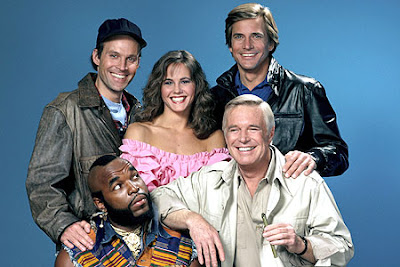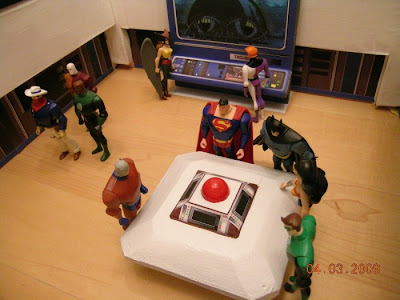So how do we make the most of these guys? Do we have a manager babysit them and micromanage? That's not at all in line with agile principles, and will be sure to alienate the developer and frustrate the manager. Perhaps pairing might be a solution. So lets talk about types of pairing.
In traditional pairing, both pairs have a similar level of skill, so in the case of power coders this doesn't seem like the right fit, as it could lead to a lot of head-butting, and probably won't do much to pull either party out of their cave and into the agile workspace, so lets consider other options.
Vertical pairing is essentially a mentor relationship. both parties have a similar skill set, but different levels of experience. This is also a less ideal set up, as power coders can get frustrated working with those who are less skilled than they are.
Then we have horizontal pairing, where each party has a different skill set and background. They take turns working in each others domain, and have the opportunity to learn from each other, and gain broader insight on the project . Now we are getting somewhere.
Now who to pair our power coder with...I have found that people with a background in QA tend to be very agile in their thinking. Which makes sense, testing is all about, experimentation, exploration, and communication. Precisely the things power coders may need help with.
So horizontally pairing power coders with testers seems like a good match. The tester is able to pull tasks for the power coder, shield him from distraction, and provide transparency for the team, allowing both pairs to think how they think best, and add their full potential to the team.
With some creative pairing, you can make the most of the team you actually have, and still achieve a lot of agility. This will help you to fill in gaps, encourage cross functionality, and get the most bang for your buck.
So stop worrying about how agile each member of your team is, or trying to squeeze them into the agile mold, and instead focus on your people, and on finding creative solutions to accommodate all kinds of brains, so that you can build one super effective team.
















